
|
| |
|
|
|
|
 |
|
|
Fighting For France
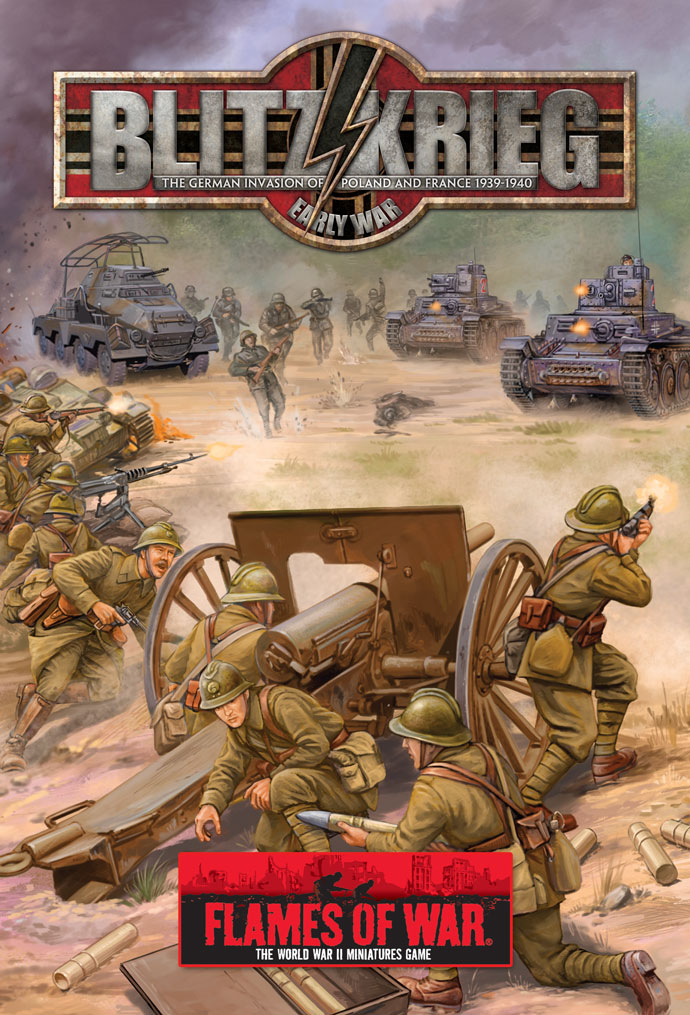 |
Fighting For France
When the Germans invaded the Low Countries on 10 May 1940, France had four armies and the British Expeditionary Force (BEF) covering the Belgian border. While the Seventh Army hastened across Belgium to assist the Netherlands, the BEF, First, Second and Ninth Armies swung up to the line of the Dyle and Meuse Rivers. To the French, the greatest threat was in the ‘Gembloux Gap’ between the two rivers. The Cavalry Corps of two light mechanised divisions was sent to cover Gembloux until First Army was in position. In the largest tank battle of the campaign the Cavalry Corps clashed with the two armoured divisions of Hoepner’s armoured corps at Hannut on 12 and 13 May. The French tanks inflicted considerably more losses on the Germans than they took in the two-day battle before breaking off and falling back behind First Army.
|
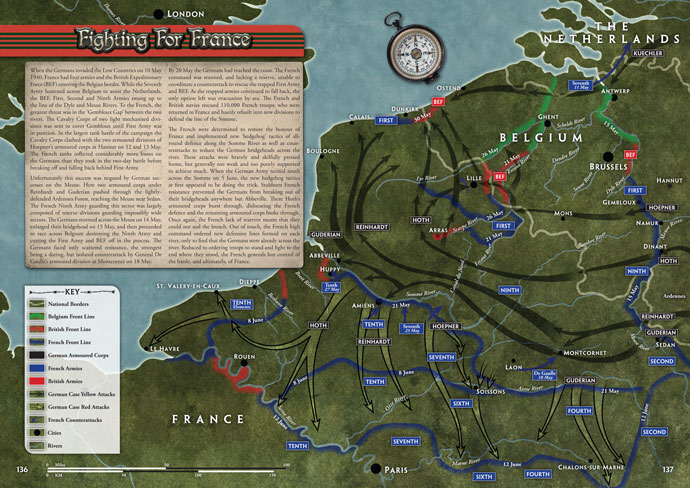 |
| Unfortunately this success was negated by German
successes on the Meuse. Here two armoured corps under Reinhardt and
Guderian pushed through the lightlydefended Ardennes Forest, reaching
the Meuse near Sedan. The French Ninth Army guarding this sector was largely composed of
reserve divisions guarding impossibly wide sectors. The Germans stormed
across the Meuse on 14 May, enlarged their bridgehead on 15 May, and
then proceeded to race across Belgium destroying the Ninth Army and
cutting the First Army and BEF off in the process. The Germans faced
only scattered resistance, the strongest being a daring, but isolated
counterattack by General De Gaulle’s armoured division at Montcornet on
18 May. |
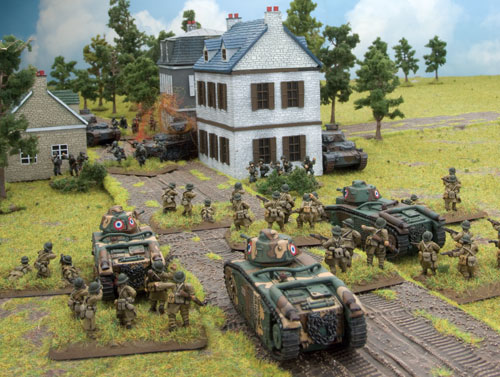
|
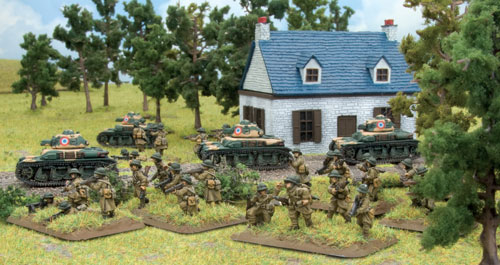 |
By 20 May the Germans had reached the coast. The
French command was stunned, and lacking a reserve, unable to coordinate a
counterattack to rescue the trapped First Army and BEF. As the trapped
armies continued to fall back, the only option left was evacuation by
sea. The French and British navies rescued 110,000 French troops, who
were returned to France and hastily rebuilt into new divisions to defend
the line of the Somme. |
The French were determined to restore the honour of France and implemented new ‘hedgehog’ tactics of all-round defence along the Somme River as well as counterattacks to reduce the German bridgeheads across the river. These attacks were bravely and skilfully pressed home, but generally too weak and too poorly supported to achieve much. When the German Army turned south across the Somme on 5 June, the new hedgehog tactics at first appeared to be doing the trick.
|
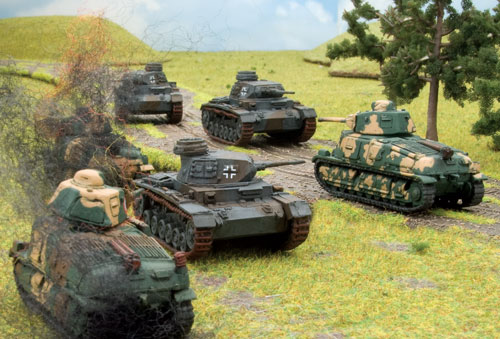 |
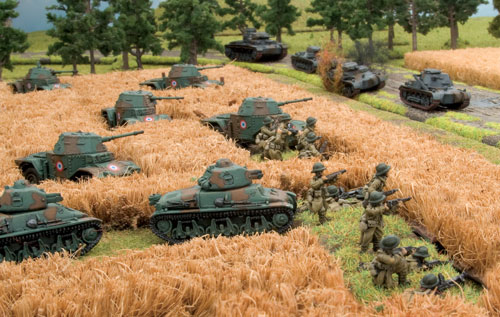 |
Stubborn French resistance prevented the Germans from breaking out of their bridgeheads anywhere but Abbeville. There Hoth’s armoured corps burst through, dislocating the French defence and the remaining armoured corps broke through. Once again, the French lack of reserves meant that they could not seal the breach. Out of touch, the French high command ordered new defensive lines formed on each river, only to find that the Germans were already across the river. Reduced to ordering troops to stand and fight to the end where they stood, the French generals lost control of the battle, and ultimately, of France.
|
Want To Know More About Blitzkrieg?
Over the past few months we have added a massive range of articles
about Blitzkrieg to the website, to make it easier for people to find a
specific article we have put together this handy place.
Find out more about Blitzkrieg and Early-war here...
|
Last Updated On Friday, October 1, 2010 by Blake at Battlefront
|
|
|